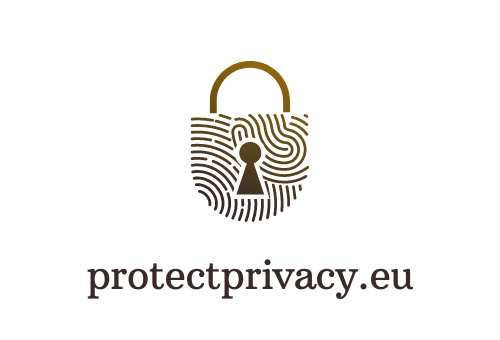How to Conduct a Personal Data Audit: A Step-by-Step Guide

Ensuring your online privacy and cybersecurity is paramount in an age dominated by digital interactions. Conducting a personal data audit is a crucial step in understanding what information you share online and how it’s utilized. This guide will walk you through the process of conducting a comprehensive personal data audit to bolster your privacy and security.
Step 1: Understand the Importance of a Personal Data Audit
Before diving into the audit process, it’s vital to comprehend why conducting a personal data audit is essential. This audit allows you to:
- Assess Privacy Risks: Identify areas where your data might be at risk of unauthorized access or misuse.
- Ensure Compliance: Ensure compliance with relevant privacy laws and regulations, such as GDPR or CCPA.
- Minimize Data Exposure: Minimize the amount of personal information you share, thereby reducing your digital footprint and potential vulnerability to cyber threats.
Step 2: Define the Scope and Objectives
Clearly define the scope and objectives of your data audit. Determine the types of personal data you want to assess, whether it’s financial, health, professional, or social media-related information. Understand what you aim to achieve through this audit, such as enhancing security or reducing data exposure.
Step 3: Take Inventory of Your Data
Start by creating a detailed inventory of your data. This includes:
- Identifying Data Sources: List all platforms, devices, and accounts you use regularly. This may encompass social media, email accounts, cloud storage, financial apps, etc.
- Categorizing Data: Categorize the data into sensitive and non-sensitive information. Sensitive data may include passwords, financial records, and medical information.
Step 4: Assess Data Sensitivity and Risks
Analyze the sensitivity of each data category and evaluate potential risks associated with it. Assess how a data breach or unauthorized access could impact your privacy and security.
Step 5: Review Privacy Policies and Permissions
Review the privacy policies and permissions associated with the platforms and services you use. Understand how your data is collected, stored, and shared. Revoke unnecessary permissions and limit access to essential functions only.
Step 6: Strengthen Security Measures
Enhance your security measures based on the risks identified during the audit. This may involve implementing strong passwords, enabling two-factor authentication (2FA), and using encryption tools to protect sensitive data.
Step 7: Monitor and Update Regularly
Perform routine checks to monitor any changes in your data usage, permissions, or policies. Stay informed about updates and modifications to the platforms and services you use. Continuously update your security measures to align with the evolving digital landscape.
Read Next: How To Stop Spam Emails From Flooding Your Inbox?
Conclusion
Conducting a personal data audit is a proactive step toward bolstering your online privacy and cybersecurity. By understanding what data you share and how it’s utilized, you can make informed decisions to protect your sensitive information effectively. Stay vigilant, keep your security measures up to date, and prioritize safeguarding your data in an ever-changing digital world.








